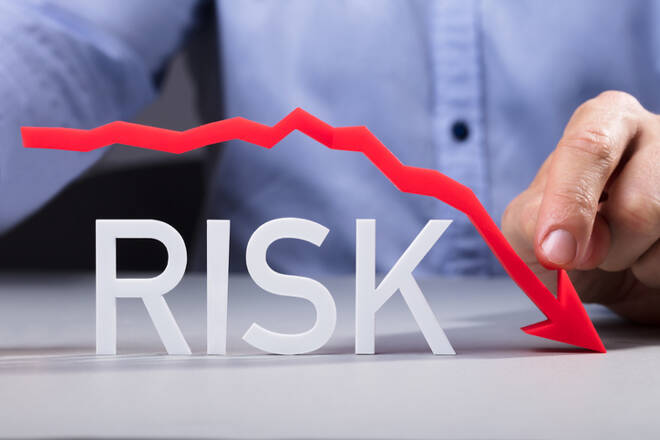Advertisement
Advertisement
China Stocks to Open Sharply Lower – This Won’t Be a ‘Flash Crash’, but Real Selling
By:
I expect Chinese equities to “play catch-up” with the rest of the global indexes. My guess is for a 6-10% lower opening on Monday, February 3.
The major global stock indexes were under pressure last week with the Asian markets feeling the brunt of the sell-off. This comes as no surprise since China is the epicenter of the coronavirus outbreak that stands to wreak havoc on the world’s second-largest economy.
The surprise is coming however, since the Chinese stock market has been late to the party. Last week, while China’s stock exchanges were closed due to the Lunar New Year holiday and a small extension from the government in the wake of the coronavirus tragedy, the major Asia Pacific stock markets all finished considerably lower.
In Japan, the Nikkei 225 Index settled at 23205.18, down 622.00 or -2.61%. South Korea’s KOSPI Index finished at 2119.01, down 127.12 or -5.665 and Hong Kong’s Hang Seng Index closed at 26312.63, down 1637.01, down 5.86%. Finally, in Australia, the benchmark S&P/ASX 200 Index settled at 7017.20, down 73.30 or -1.03%.
I expect Chinese equities to “play catch-up” with the rest of the global indexes. My guess is for a 6-10% lower opening on Monday, February 3.
The key is what is going to happen in the global equity markets after China opens sharply lower. I suspect we’ll see follow-through selling in the U.S. and European futures markets shortly after China’s opening, but then there will be a pause.
Will the pause be fueled by a slowdown in selling pressure, or will be an exchange circuit break bringing an end to the trade? This will make a difference because sellers will likely pause if they start to see buyers coming into the market. But if the circuit breakers are triggered, then this will indicate that the sell orders are piling up, setting the stage for an even further decline.
2015 Flash Crash Revisited
Some will call this expected move a “Flash Crash”. But this isn’t going to be a typical flash crash. This sell-off is going to be fueled by real traders, selling real stocks. Typically, flash crashes are caused by input error, order imbalances or problems at an exchange. Often, during a real flash crash a market is down sharply, but then recovers in minutes.
During the last flash crash that involved China, the S&P 500 opened at 1965.15 and within minutes plunged to a low of 1867.01, a 5% decline. Intraday the market gained back most of the loss, but toward the close of trading stocks fell again, ending the day 3.66% below the opening, according to Investopedia.
Traders said the markets were weak ahead of the weekend, and on Monday morning, the Chinese Shanghai Composite Index fell 8.5%, which led traders in U.S. markets to pull their buy orders and hit the sell button. With few bids, sell orders overwhelmed any buy order present, driving prices lower.
Looking for Lower Opening Then What?
Ok, everyone knows China is going to open lower. Then what? Will the sellers keep pushing the market lower? Will bargain-hunters stop the price slide? Will the People’s Bank of China flood the market with liquidity just like its counterpart the U.S. Federal Reserve would do? Will the U.S. markets follow China lower? Will the NYSE or CME delay their openings.
They are things that can happen on Monday. If you don’t know what you’re doing then keep your powder dry. If you do know what you’re doing then get ready for a volatile two sided trade.
About the Author
James Hyerczykauthor
James Hyerczyk is a U.S. based seasoned technical analyst and educator with over 40 years of experience in market analysis and trading, specializing in chart patterns and price movement. He is the author of two books on technical analysis and has a background in both futures and stock markets.
Advertisement
